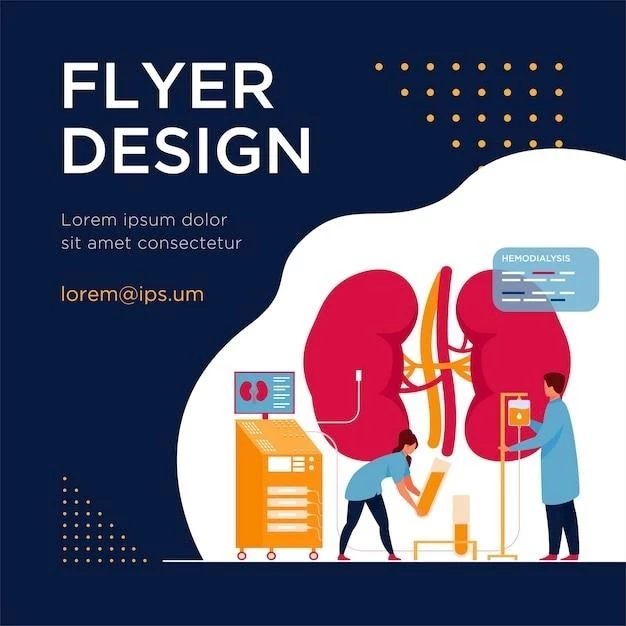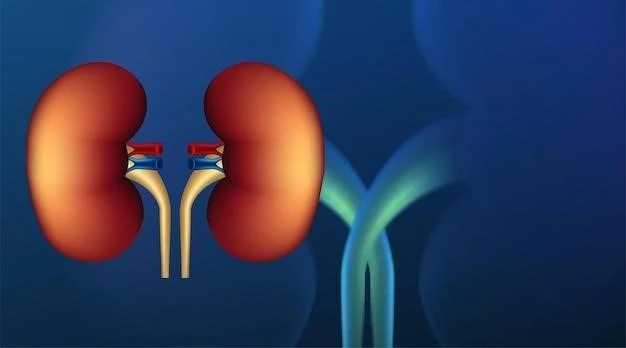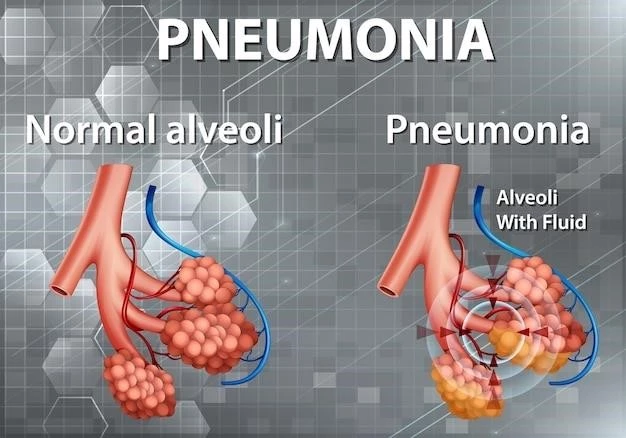Asplenia with cardiovascular anomalies, also known as Ivemark syndrome and right atrial isomerism, is an example of a heterotaxy syndrome. Congenital asplenia often occurs as part of a recognized malformation syndrome. The spleen is critical…
Definition and Background
Asplenia with cardiovascular anomalies, also known as Ivemark syndrome and right atrial isomerism, is an example of a heterotaxy syndrome. These uncommon congenital disorders are characterized by defects in the heart, spleen, and other paired organs. The spleen plays a crucial role in the body’s immune response, particularly against encapsulated bacterial pathogens like Streptococcus pneumoniae. Congenital asplenia often occurs in conjunction with malformations of the heart, great vessels, and other organs, forming recognized syndromes such as congenital asplenia/polysplenia syndrome.

Causes and Risk Factors
The causes of splenic agenesis syndrome are often related to abnormal development during early fetal stages. Factors such as genetic abnormalities and environmental influences may contribute to the occurrence of this rare condition.
Genetic Factors
Evidence suggests that splenic agenesis syndrome may have genetic components, potentially related to mutations or alterations in genes crucial for normal organ development. Research continues to explore the genetic basis of this rare condition.
Symptoms and Clinical Presentation
The clinical presentation of splenic agenesis syndrome may vary, with symptoms potentially related to cardiovascular anomalies and other associated organ malformations. Understanding these clinical signs is crucial for accurate diagnosis.
Common Signs and Symptoms
Patients with splenic agenesis syndrome may present with a variety of symptoms, often related to cardiovascular anomalies and potential associated organ malformations. Understanding these common signs is crucial for timely diagnosis and management of the condition.
Diagnosis and Differential Diagnosis
Diagnosing splenic agenesis syndrome involves a comprehensive evaluation of symptoms, imaging studies, and potential genetic testing. Differential diagnosis may include conditions with similar clinical presentations.
Diagnostic Approaches
Diagnosing splenic agenesis syndrome typically involves a combination of clinical evaluation, imaging studies such as ultrasound or CT scans, and potential genetic testing to identify underlying causes. Differential diagnosis may be necessary to distinguish this condition from other similar presentations.
Treatment and Management
Management of splenic agenesis syndrome involves medical interventions focused on addressing associated cardiovascular anomalies and other organ malformations. Treatment aims to alleviate symptoms and improve the patient’s overall quality of life.
Medical Interventions
Medical interventions for splenic agenesis syndrome focus on managing associated cardiovascular anomalies, initiating appropriate treatments for related organ malformations, and implementing strategies to enhance the patient’s overall well-being. The goal of medical interventions is to address specific symptoms and improve the quality of life for individuals affected by this condition.
Complications and Prognosis
Developing complications related to associated cardiovascular anomalies is common in splenic agenesis syndrome. The prognosis depends on timely diagnosis, proper management of complications, and individual patient factors.
Potential Risks and Long-Term Outlook
Potential risks associated with splenic agenesis syndrome include complications related to cardiovascular anomalies, such as increased susceptibility to infections and splenic torsion. Long-term outlook and prognosis depend on the management of these risks and individual patient factors.

Research and Future Directions
Ongoing studies aim to enhance understanding of the underlying mechanisms and potential genetic factors contributing to splenic agenesis syndrome. Innovations in diagnostics and treatment modalities continue to improve patient outcomes.
Ongoing Studies and Innovations in Understanding Splenic Agenesis Syndrome
Recent research focuses on unraveling the genetic mechanisms underlying splenic agenesis syndrome and exploring innovative diagnostic tools. Emerging studies aim to enhance therapeutic strategies and improve outcomes for individuals affected by this condition.
